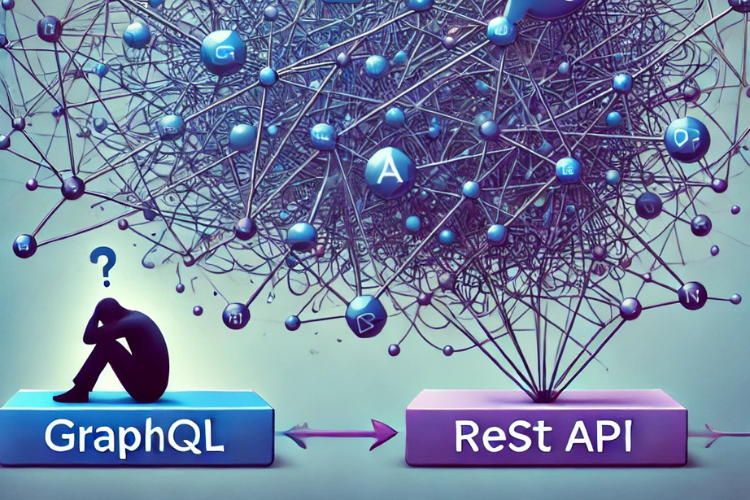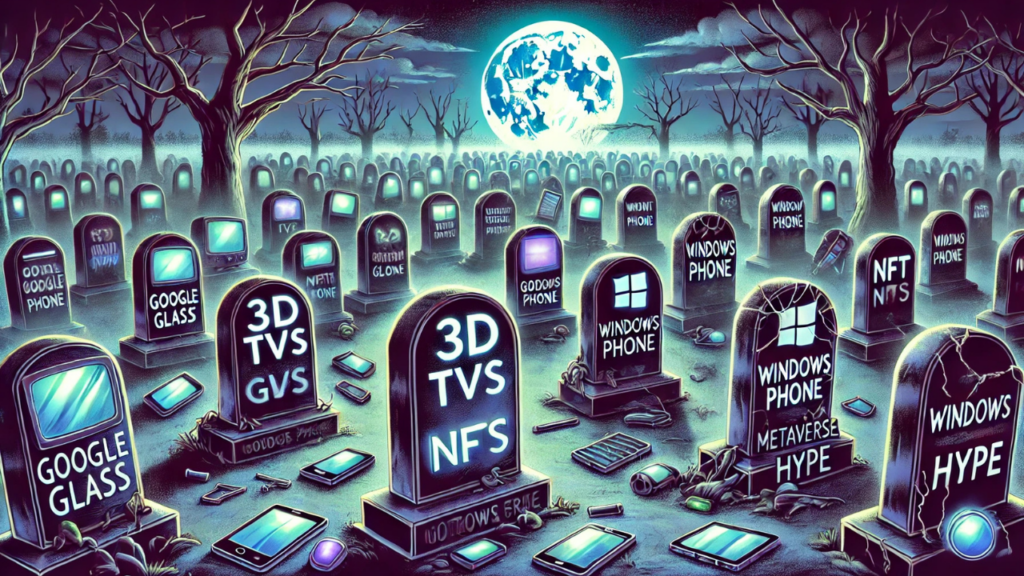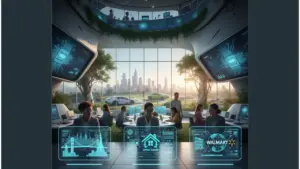Introduction
Technology evolves rapidly. Some innovations stand the test of time, while others fade into obscurity. Many tech trends promise to revolutionize the industry but end up in the tech graveyard. If it sounds too good to be true, it usually is. Here are 12 tech hypes that didn’t age well and the lessons we can learn from them.
1. No-Code: The Dream That Keeps Failing
No-code platforms promised to eliminate developers. Tools like Zapier and Airtable are useful, but full-scale applications need real engineering. Automation often leads to more manual fixes. Every decade, no-code resurfaces, only to fail again. Developers keep replacing no-code disasters with scalable solutions.
The biggest issue with no-code is its limitation. While it enables non-technical users to build basic workflows, it lacks flexibility. Businesses that initially embrace no-code often outgrow it quickly. Scalability becomes a nightmare, forcing companies to transition to custom-coded solutions. The dream of eliminating developers remains just that—a dream.
2. Java Applets & Flash: The Nightmare of the Early Web
Java applets were slow, buggy, and frustrating. Flash wasn’t much better—it turned websites into security risks. HTML5 and modern frameworks replaced them for good. Those who built sites in Flash still feel the pain. Lesson learned: Never rely on tech that needs constant patches to survive.
The end of Flash and Java applets wasn’t just about security. They also required users to install plugins, creating unnecessary friction. With the rise of mobile browsing, these technologies became even more obsolete. The industry learned that web standards need to be lightweight, secure, and universally accessible.
3. SOAP: The Opposite of Simple
SOAP (Simple Object Access Protocol) was anything but simple. Debugging was a nightmare, and performance suffered. REST and JSON made web development easier and more flexible. Today, SOAP is a relic of the past, rarely spoken of in modern tech discussions.
One of SOAP’s biggest problems was its verbosity. It required extensive XML formatting, making requests and responses unnecessarily heavy. Performance suffered, and developers had to spend too much time troubleshooting. REST’s simplicity proved that sometimes, less is more.
4. NoSQL: The “SQL Killer” That Wasn’t
NoSQL was marketed as the end of SQL. But relational databases remain dominant. NoSQL works for specific cases, but structure and relationships matter. Enterprises still rely on SQL for stability and efficiency. The hype faded, leaving SQL stronger than ever.
NoSQL isn’t inherently bad. It works well for unstructured data and specific use cases like real-time applications. However, the notion that it would replace SQL was misguided. SQL’s strong consistency, transactional support, and maturity keep it as the backbone of enterprise systems.
5. Blockchain for the Web: A Useless Experiment
Blockchain is great for cryptocurrency but failed as a web backbone. Decentralization sounds appealing, but it adds complexity without benefits. Running websites on blockchain never took off. The lesson? Not every tech trend fits every application.
Blockchain-based websites faced scalability issues. Transactions took longer, and the cost of operations was too high. While blockchain is useful in finance, it’s overkill for basic web applications. A technology should solve problems, not create new ones.
6. Drag-and-Drop Coding: Simplicity That Fails
Drag-and-drop tools promised easy development. The reality? They generated messy, unmaintainable code. Developers often had to rebuild projects from scratch. Tools like Dreamweaver may help with prototypes, but they fail in real-world applications.
The appeal of drag-and-drop coding lies in its accessibility. It lowers the barrier to entry for beginners. However, professional development requires structured, maintainable code. The efficiency of writing clean code outweighs the temporary convenience of drag-and-drop tools.
7. Extreme Programming: Collaboration Gone Too Far
Extreme Programming (XP) pushed teamwork to the limit. Pair programming works in moderation, but every line of code doesn’t need two authors. XP’s rigid rules made it unsustainable. The takeaway? Balance matters in development practices.
Extreme Programming emphasized constant feedback, but it sometimes led to micromanagement. Teams found themselves caught in endless review cycles. Agile methodologies evolved to be more flexible, keeping collaboration without the rigidity of XP.
8. Design Patterns Overload: When Too Much is Bad
Design patterns help structure code, but overuse creates unnecessary complexity. The “Gang of Four” patterns became a trend, leading to overengineered solutions. Clean, simple code often works better than forcing patterns into every project.
Developers sometimes treat design patterns as mandatory rather than optional tools. The key is knowing when to use them. A well-structured but straightforward approach often results in more maintainable software than an overly engineered one.
9. Silverlight: Flash’s Awkward Cousin
Silverlight was Microsoft’s answer to Flash, but it shared the same flaws. It relied on plugins, creating a frustrating user experience. Modern frameworks like Blazor have replaced it. Silverlight’s failure serves as a reminder: build on solid foundations, not shaky tech.
Microsoft pushed Silverlight as a rich internet application platform. However, like Flash, it struggled with security vulnerabilities and compatibility issues. The web moved toward open standards, leaving proprietary plugins behind.
10. GraphQL: Complexity Over Convenience
GraphQL sounded like a REST alternative, but its complexity created new challenges. Security risks and performance issues limited adoption. Selective data fetching is nice, but for most applications, REST remains the simpler, more practical choice.

GraphQL allows clients to request only the data they need, but this flexibility comes at a cost. Server-side implementations can become complex, and query optimization requires extra effort. Simplicity often trumps customization in real-world applications.
11. Big Data Hype: Not Every Problem Needs Massive Datasets
Big data promised to solve everything. In reality, many problems don’t require massive datasets. Tools like Hadoop became overused. Today, AI thrives on big data, but not every business needs it. Use the right tool for the job, not just the trendiest one.
Companies rushed to implement big data solutions, often without clear use cases. The costs of processing and storing massive datasets outweighed the benefits for many businesses. Smarter data management, rather than excessive data collection, proved to be more effective.
12. AI Hype: Autocorrect on Steroids
AI is powerful, but it’s not replacing developers anytime soon. Tools like ChatGPT assist coding but don’t eliminate human expertise. AI isn’t magic—it’s automation with limits. The reality check? AI is just advanced autocorrect.
The media often exaggerates AI’s capabilities. While AI enhances productivity, it doesn’t replace critical thinking or creativity. Businesses that understand AI’s true potential—not its hype—will gain the most value.
Conclusion
Tech trends come and go, but fundamentals remain. Many innovations fail because they lack real-world application. Before jumping on a new trend, ask: Will this stand the test of time? If history has taught us anything, it’s that hype fades, but solid engineering lasts. At StartupHakk, we believe in practical solutions over fleeting trends. Stay ahead by focusing on what truly works and avoiding the pitfalls of tech hype.




